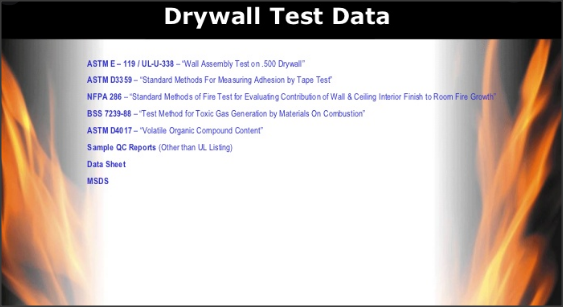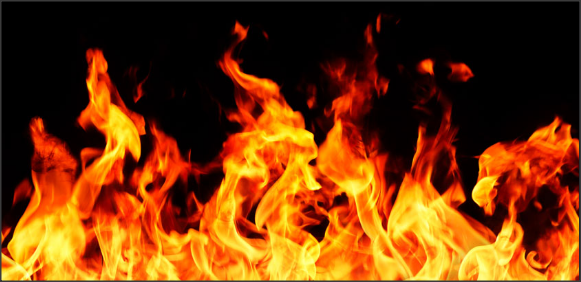Is Drywall Fireproof?
Quick Answer: No, It Is Fire Resistant
Even though most drywall is actually fire resistant to an amount, type X and type C drywall are actually created especially to be utilized in fire rated assemblies. These items assist containing fire in the region of the origin of its better compared to normal drywall. When this particular drywall is actually fitted correctly, it delays heat and flames from spreading about rooms, floors, and structures, and it protects structural supports long enough for occupants to get away from and for structures to be preserved.
Gypsum is actually noncombustible The gypsum utilized to make drywall is actually a naturally occurring mineral composed of calcium sulfate dehydrate and drinking water. The presence of h20 in gypsum contributes greatly to drywall’s all-natural fire resistance. Whenever a drywall board is actually put through high levels of heat, water starts to be released from the board as steam. This particular procedure, referred to as calcination, will help to retard heat transmission with the panel.

As soon as all of the water has escaped the panel, the drywall goes on to act like a fire screen. When typical drywall is actually put through extreme heat, nonetheless, it shrinks because of the loss of water volume, as well as the panel is able to crack as well as break apart. This particular kind of disappointment allows the passage of heat and fire into the substrate materials and beyond.
Type-X As Well As Type C Fire Resistant Drywall
Fire rated drywall is actually described as “Type X” and should be third party accredited by an unbiased assessment and listing agency for example UL (Underwriters Laboratories Inc.) and ULC (Underwriters’ Laboratories of Canada) to satisfy the fire performance specifications recommended in the ASTM C1396 (CAN/CSA A82.27) Standard Specification for Gypsum Board.
Style X has excellent structural qualities In order to make drywall stronger under fire conditions, type X drywall is made by manufacturers, that has glass fibers added to the gypsum core. As h2o leaves these panels via calcination, the cup fibers serve as a reinforcing mat which prolongs a panel’s structural integrity and the safety qualities.
Type-X drywall is actually available only for 5/8 in. thickness, in widths of forty eight in. as well as fifty four in., and in lengths up to 14 ft. Type-X drywall meets ASTM International standards and it is often-used in fire rated assemblies like walls and ceilings which individual garages from living spaces.
Type C is better in performance Type C drywall is simply an improved type X item. Usually, type C panels have more glass fibers and an additional noncombustible material: vermiculite. A mineral, vermiculite expands as it is heated, so in fire conditions, it properly replaces water lost throughout calcination. This reduces board shrinkage and will help to maintain durability and power.
Type-C drywall can be obtained in the same lengths as well as widths as type X drywall and within thicknesses of 1/2 in. and 5/8 in. Type-C drywall exceeds ASTM standards and certainly will endure a blaze more compared to type X drywall. It is often-used in big buildings, like multifamily housing devices.
Installation notes Type X as well as style C are fitted like normal drywall. Even though the fire resistant characteristics of theirs are actually higher compared to daily drywall, these items are actually scored, snapped, and finished like regular panels.
